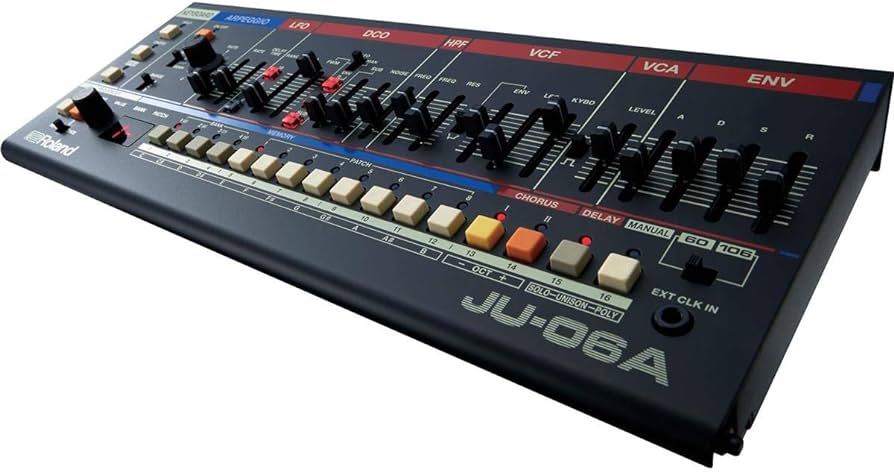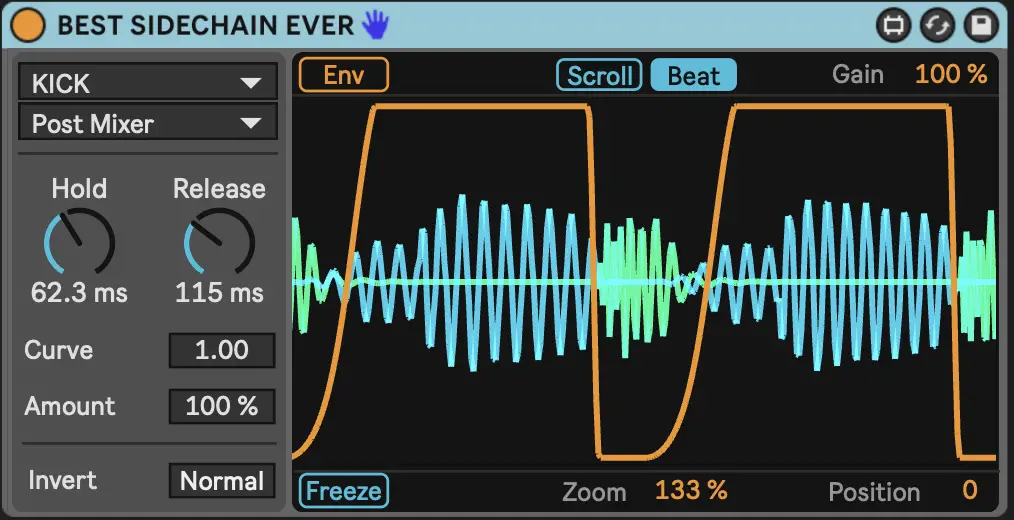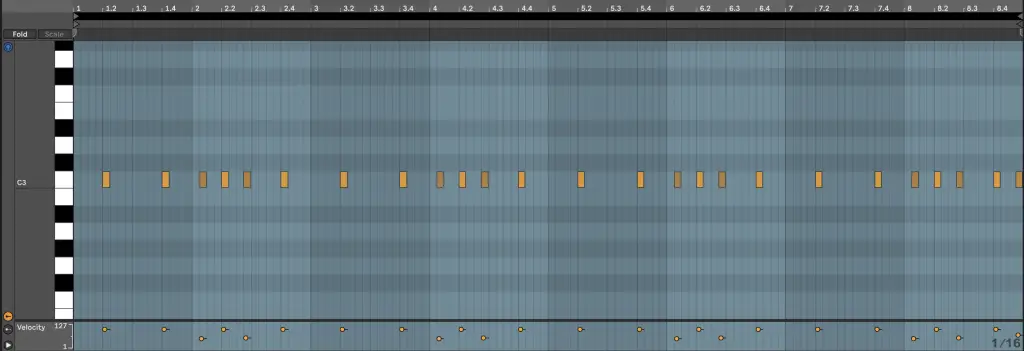Table of Contents
BINGEWATCH, an artist and DJ crushing the house music scene in Los Angeles lately continues to make waves with his latest drop. Having released music on notable labels like In/Rotation and HAU5TRAP and earning support from industry heavyweights such as Chris Lake and Deadmau5, BINGEWATCH is set to unveil the lead single from his upcoming mixtape ‘Bingetape Vol. 5’.
His latest track, “ALOT” is a reimaged flip of 21 Savage & J. Cole’s chart-topping hit with an absolute killer groove and some classic house stabs. I always dig when artists flip old-school tracks into more modern genres and, conversely, take new tunes and rework them with an older vibe, and BINGEWATCH knocked it out of the park with this. To celebrate how smashing this track is, I wanted to pick his brain about what tools he uses in the studio, what plugins he uses to get the great vibes that he does, and so much more. So let’s unpack this a bit further in the latest iteration of How It Was Made: BINGEWATCH – “ALOT”
JU-06A

JU06A is the main backbone of “ALOT.” It is a hardware replica of Roland’s vintage Juno synth. It’s a portable modern version that sounds amazing and works flawlessly with any DAW via USB. You can make cool chords, basslines, pads, and FX, which are utilized in the song!
I especially love the built-in “chord” function that I used on the track; it automatically turns it into a weapon for making music inspired by the classic house sound.
I manually recorded the audio while tweaking automations and switching between waveforms by hand throughout the song, which generated A LOT of movement! The only processing on the channel is a hi-pass EQ and very gentle compression, and it is sent to the main reverb return channel to give it some space.
To sum up, JU-06A is an amazing high-quality, versatile, and affordable hardware synth. It is perfect for producers who want to dip their toes into hardware production. To use it, you don’t need any cables, mixers, sound cards, or additional MIDI gear—with just a USB cable, it can communicate MIDI and audio with your computer.
I would recommend it or any other Boutique series synth to beginners and professional producers!
Acid-1 Pattern Generator

Acid-1 is a MIDI randomizer/pattern generator similar to the famous “Sting,” which is usually used to create 303/acid-style basslines. I ran multiple instances of the plugin to the percussion, snare, and glitch drums rack. Once I got some cool-sounding grooves, I resampled to audio and used loops throughout the song. Running the plugin to any percussive drum rack will automatically generate cool grooves.
You can also easily mess with parameters like swing, rate, & randomization to create variations.
GMaudio Ducker

GMaudio Ducker is another sidechain plugin that helps you get elements with competing frequencies to sit well together in the mix. For example, you can cut the bassline every time the kick hits, bring down the volume of a mid/high-range synth every time the vocal comes in, or even cut your percs away every time a snare/clap hits.
I used this specific track in all three cases, and it really helped me make each element shine. I love this sidechain plugin because it is precise, has clear, understandable visual feedback, is easy to tweak, and is easy to process. Shout out to “Truth & Lies” from New York for showing me this gem!
Quick Fire Tips For Making House Music

Tip #1: Don’t forget to use swing and velocity to add more groove to the drums. Having some ghost snares and hats adds a lot of feel as well!
Tip #2: When writing a bassline, keep the kick in mind. With repeating 4×4 kicks, it is common for bass notes to happen at the same time. Before simply using a sidechain, make sure the length, tuning, and EQ of the kick complement the bassline.

Tip #3: When adding acapella to the project, don’t warp it. Instead, slow down or speed up your project to match the tempo of the vocal as if you were DJing – once it feels on time, “Freeze and Flatten” (Ableton reference) the channel with the vocal.
After that, speed back up to normal speed and start adjusting the groove and swing on the vocal with warp markers.
Tip #4: To improve your master use metering and reference, ensure the reference track has the same key and similar tonal qualities to your song.
Tip #5: Most importantly, overproducing is your biggest enemy.
DON’T FORGET, HOUSE MUSIC IS A FEELING!
The post How It Was Made: BINGEWATCH – ALOT (BINGEWORLD ENT) appeared first on Magnetic Magazine.



